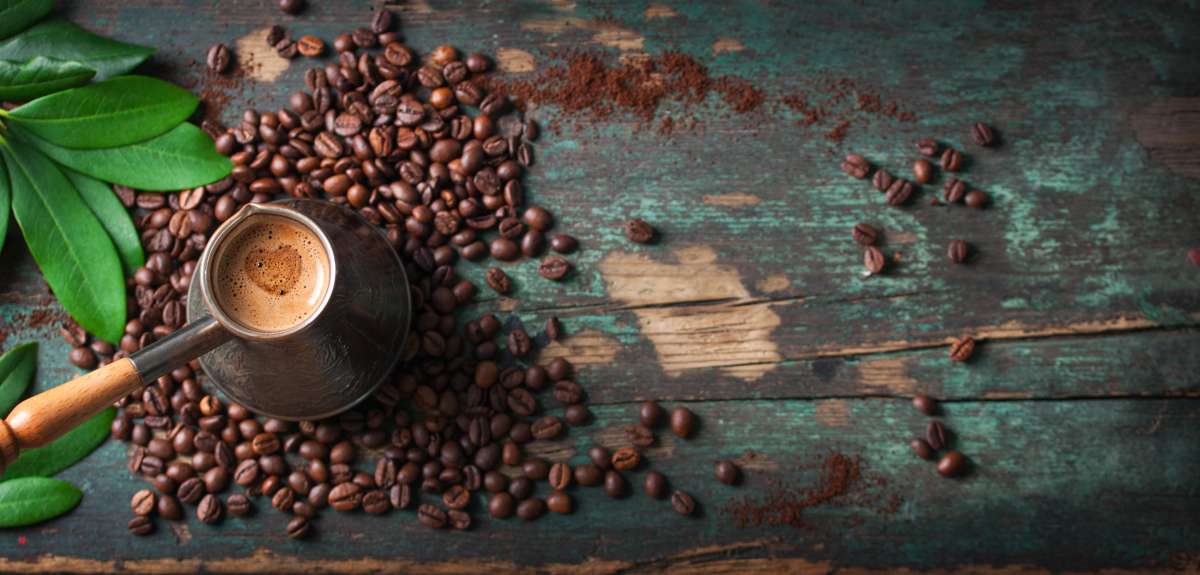Love coffee? Try these popular brewing methods at home
Read on to find out some interesting ways of brewing your freshly ground coffee beans at home, from stove-top percolators to the French Press
According to the GFTR Report 2022, in the beverage space, and especially that of artisanal and gourmet coffee, there is some great innovation happening; capsule-based coffee machines are set to revolutionise the home coffee experience, most roasters are introducing easy-pour drip bags, consumers can pick from an ever-widening selection of gourmet instant coffees, and ready-to-drink cold brew options.
Travel writer couple Anurag Mallick and Priya Ganapathy believe that the rise of roasteries, microlots and artisanal farm to cup coffee from Coorg to Chikmagalur and beyond shows the importance accorded to coffee these days. More and more people are investing in the equipment and turning to roasting, grinding and home brewing their own beans for the perfect cuppa.
When we began in 2012, the scene was pretty nascent. Coffee meant instant coffee,” observes Ashish D’Abreo, founder partner of Maverick & Farmer coffee. He adds, oday, people are actually gunning after certain notes, talking about the origin or process. They are able to pinpoint the flavour notes they are looking for from their coffee!”
For coffee enthusiasts who want to brew a better cup of their favourite coffee at home with organic coffee beans, here are some popular manual coffee brewing methods to consider using. Your preferred method will boil down to your personal taste, time and technique!
Here’s looking at some manual coffee making styles you can try at home.
Pour Over: Coffee Cone
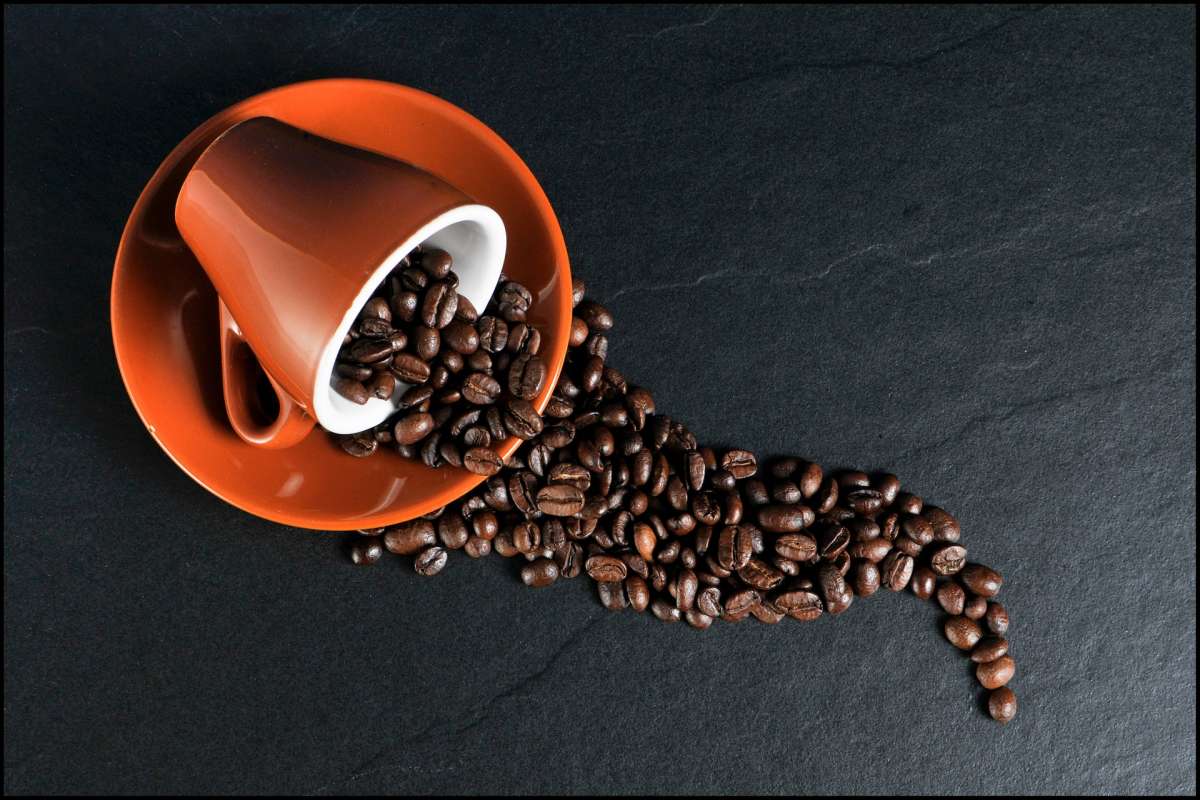
One of the oldest, simplest, fastest, and cheapest ways to brew coffee is the drip method, using a coffee cone and paper filter. Hot water is poured evenly over coffee grounds in a paper filter. With gravity, the brewed coffee drips slowly and directly into a cup or pot. Coffee cones are made of plastic, glass, stainless steel, or ceramic. The shape of the cone and its filters will influence the flavours. The grind of beans can vary from medium-fine to coarse, with a brewing time of one to three minutes.
French Press
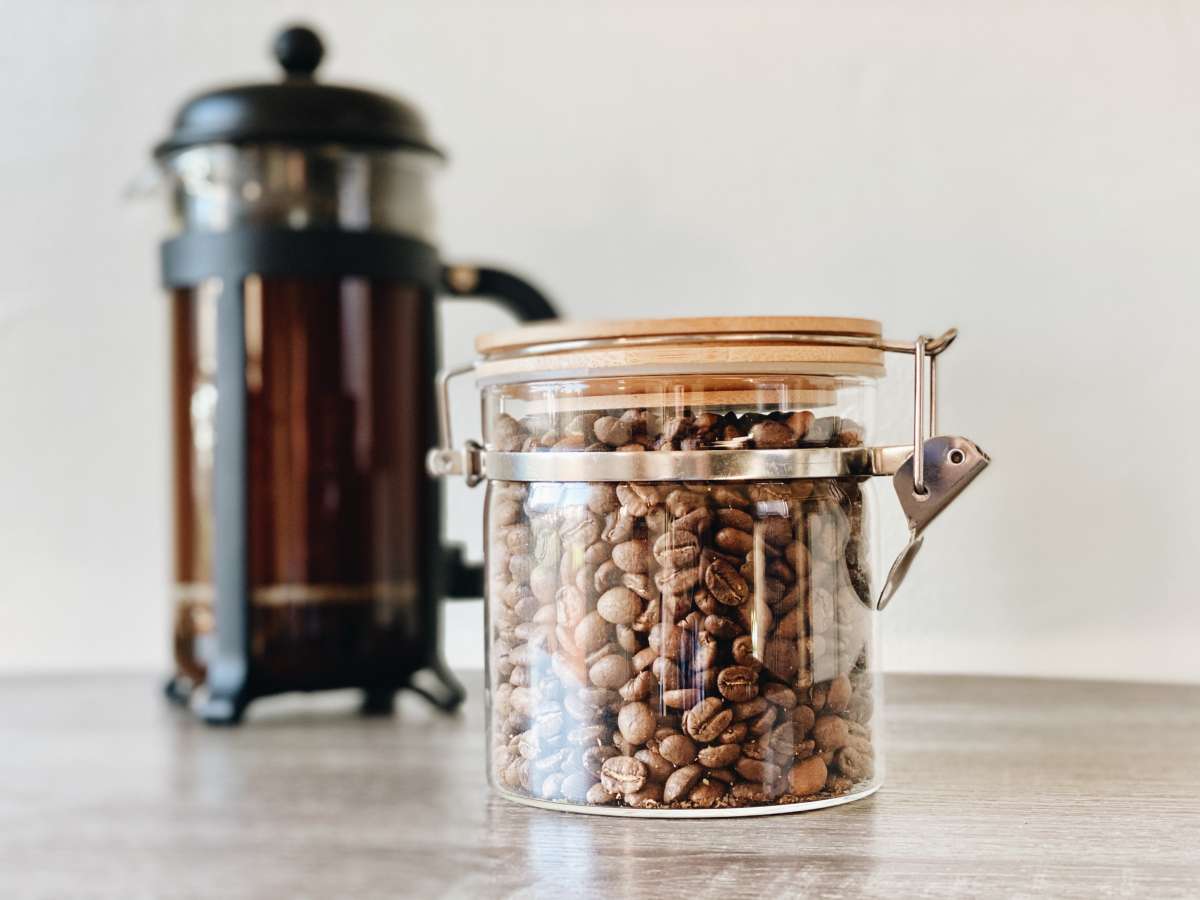
The French Press method, invented in 1929, is widely considered as the best and easiest method for brewing superior and consistent coffee. It extracts, arguably, more superior flavours than any other method. In a press pot, ground coffee is soaked, steeped, and strained in hot water; therefore, the coffee’s flavour is better diffused and preserved. It is well suited for coffee drinkers who enjoy an expressive and complex taste experience. The grind of the beans used should be coarse.
AeroPress
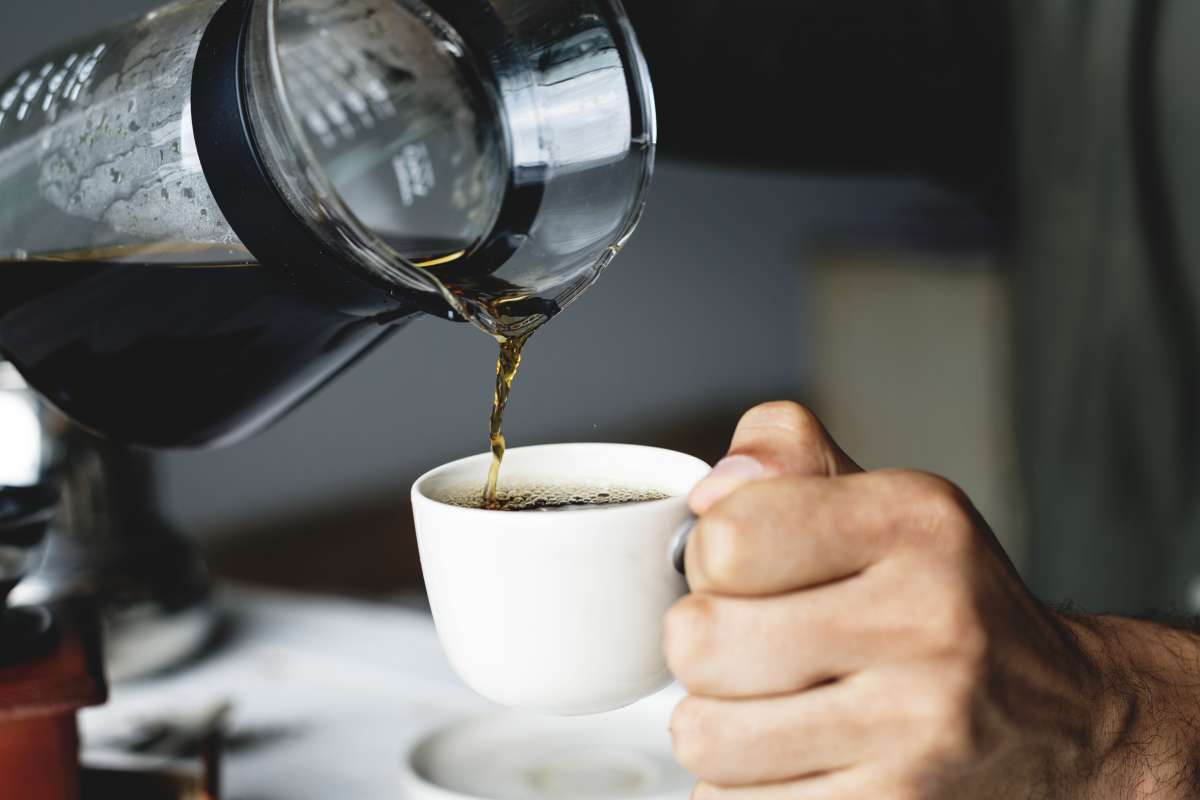
Aerobie Frisbee (Alan Adler) created and launched the AeroPress in 2005. The AeroPress is made of plastic and comes in three parts. A filter sits in a coffee basket at the bottom of the brew chamber. Coffee grounds rest in the brew chamber where hot water is added, then immerses/steeps the coffee. To extract the coffee, a plunger is pressed down, creating air pressure to force brewed coffee through a filter and into a cup. The grind of the beans must be fine-medium for a sweet, full-bodied espresso-style coffee.
Stovetop Moka Pot
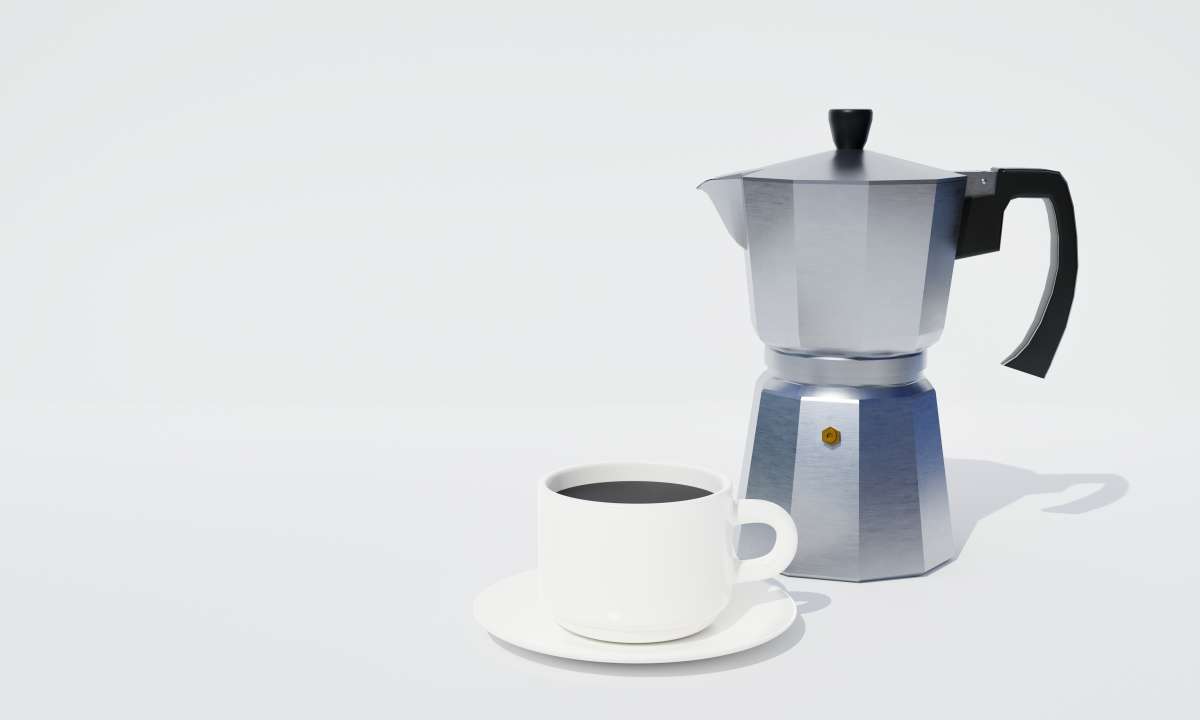
Originally patented in 1933 by Alfonso Bialetti, stovetop espresso makers, or simply Moka Pots, use steam pressure from boiled water in the lower section to pass through coffee grounds in the mid chamber of the pot. Brewed coffee then sits in the upper chamber. A well designed stovetop pot will create better pressure. The grind of the beans must be fine-medium to coarse for an espresso-style bitter and strong coffee.
Siphon coffee brewing
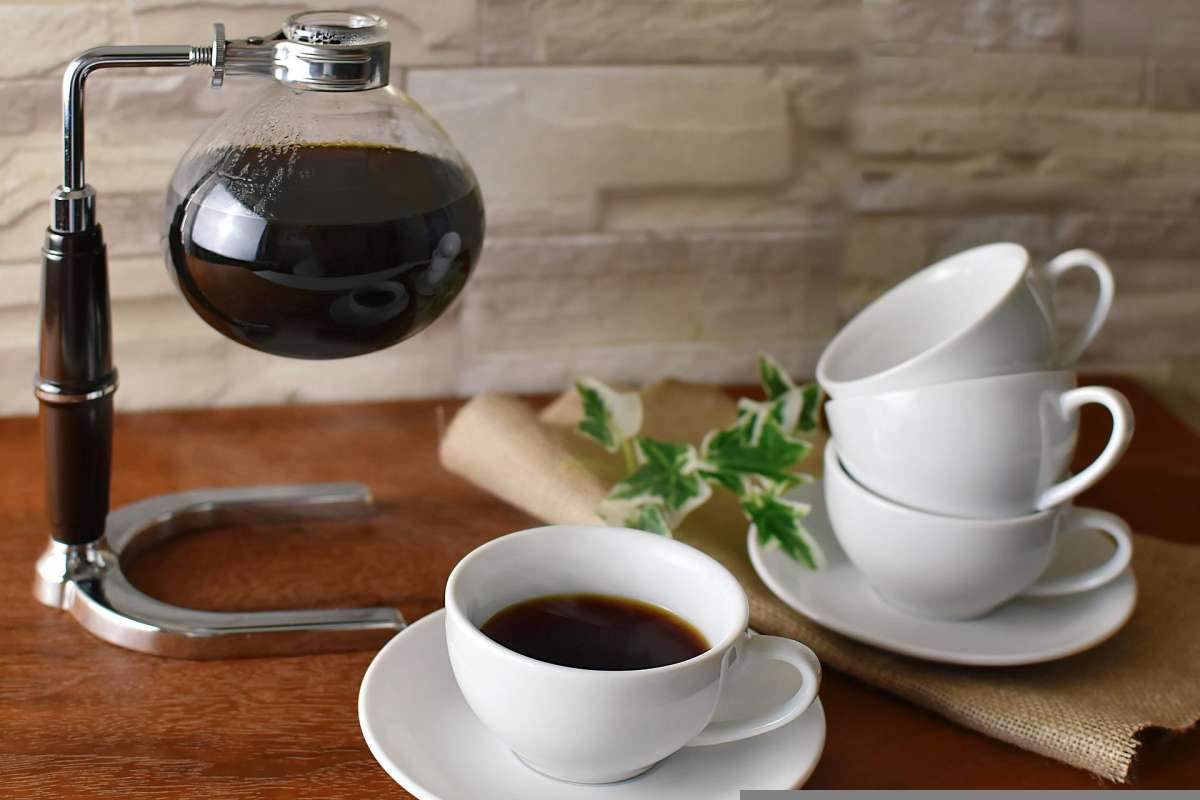
The siphon is a fancy and flashy coffee maker. It was invented in Germany in the 1840s. Coffee grounds are added to the upper vessel and vapour pressure forces hot water up to immerse the coffee. Once the heat is removed, gravity pushes the brewed coffee back through a filter into the bottom vessel. The grind must be of medium coarseness for a mellow, delicate flavour.
South Indian filter
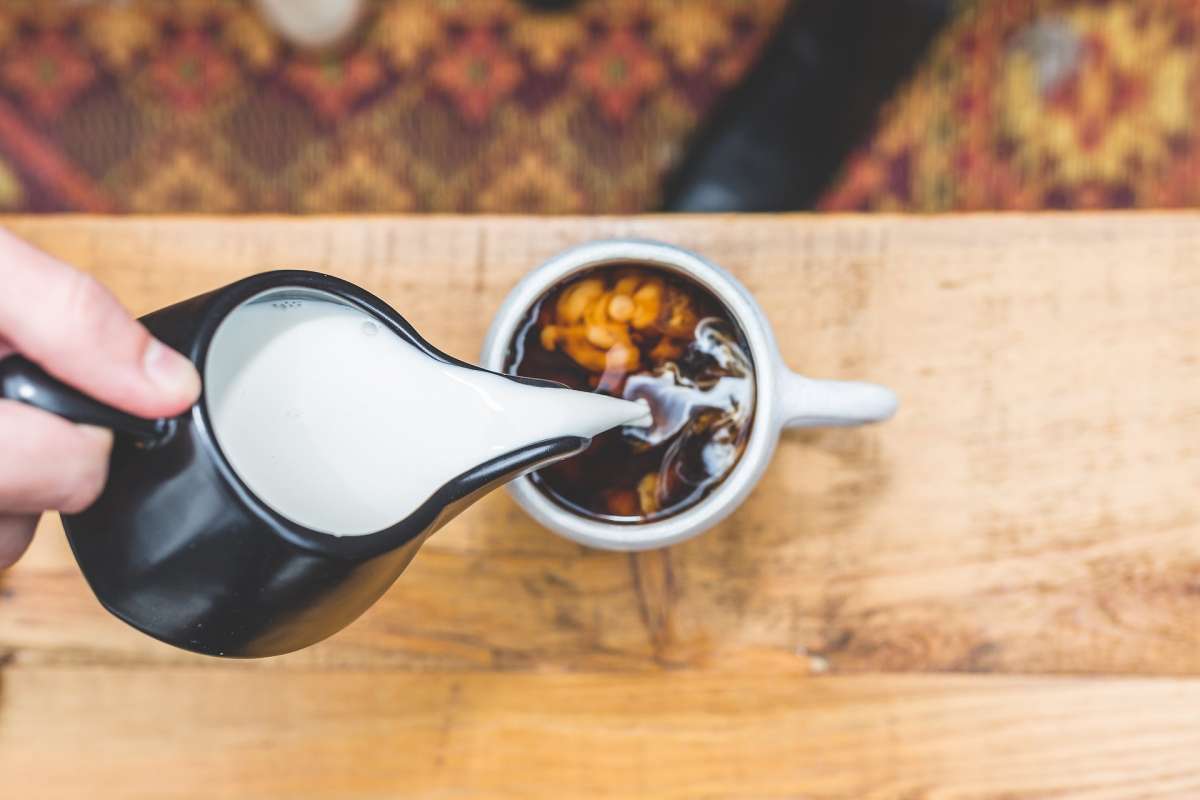
A simple but effective device is a stainless steel or brass percolator that is divided into two halves, with a plunger and an airtight lid. The bottom of the upper half is pierced with the tiniest holes, through which the coffee drips into the container below. The milk is boiled first, to which a thick decoction (the coffee extract in the filter) is added, followed by sugar. The liquid is then repeatedly juggled between a saucepan and a mug to give it extra foam.
Godrej Food Trends Report 2022 – the detailed 95-page edition is available for download at www.vikhrolicucina.com
Have you tried these-home brewing techniques at home? Let us know in the comments.

